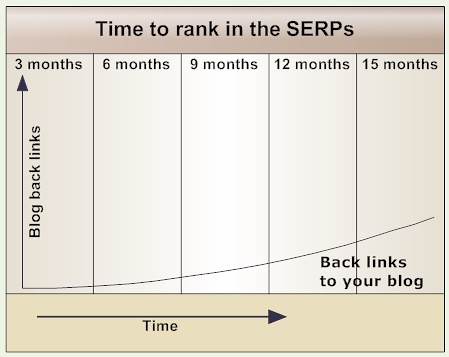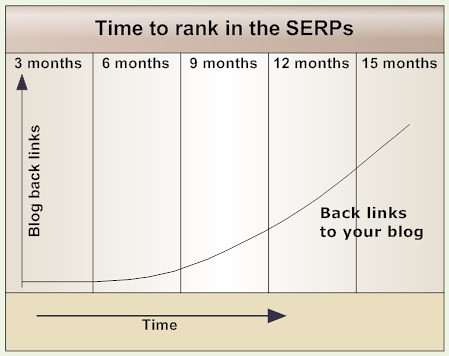Are you planning to port (move) your blog between blogging platforms. It’s no easy task under certain circumstances. Eric Giguere offers some great general tips for moving your blog.
I have a large port of seven sites from Typepad to WordPress that I’ve been putting off since last December. WordPress to WordPress is relatively easy, even between versions. However, between platforms often means a change in URL/permalink structure. In this case, I cannot just add WordPress to the existing hosting because of how Typepad works – AFAIK. So the blogs have to move to new servers.
I’ll catalog each step in the process, and will post some tips here when I’m finally done. I’m hoping to also offer a couple of free web-based tools that will help generate the necessary URL redirect rules for your .htaccess file. That means no ridiculous manual tweaks. That’s handy when you have several hundred blog posts.
If you cannot wait for my tools, however, here’s a general algorithm for redirecting your URLs (note that I’m leaving out a lot of technical details):
- Build a list of existing permalink URLs a la the current blog platform.
- Build the same list but with each URL paired with the post title. This is primarily for your reference.
- Create the URL redirect rules for your new platform’s .htaccess file using the first list. (This will be the same .htaccess file you have now, if you are not moving to a different server.) Keep this list in reserve. (This is a tedious a step to do manually, but many blog platforms do not help you generate this. Unless you have a tool – such as the ones I’m working on – the only choice is manual generation.)
- When you have time set aside for the porting between platforms – and possibly web servers – turn off commenting on your blog and stop posting. I prefer to do this sort of thing on weekends.
- Backup the current posts using your standard method.
- Export the content into a format that the new blogging platform can import.
- Set up the new platform.
- Import your old blog posts to your new platform.
- Add the URL redirect rules to your .htaccess file.
- Test at least a dozen old URLs and see if they redirect correctly. Use the list you created in step #2. Category pages may give you the greatest problems. In fact, some blog platforms may not have categories, so if you’re moving in that direction, your URL redirect rules may have to be manually tweaked no matter what. Either that or leave the old blog and start a new one.
There are other ways to do the redirecting – including tweaking your platform’s code – but they tend to be more complicated. Of course, if you’re fortunate enough to be moving to a blog platform that can preserve your exact URLs on it’s own, then you can ignore this list altogether. Unfortunately, I’ve yet to come across such a platform.
Eric points out that if you can keep the old blog up, do so. For example, some of my old blogs used Blogger but the .html files were hosted on my own domain. When I switched over to WordPress, I kept the old blog and just started posting new content in WordPress. It means building up a new blog from scratch, but it’s less hassle for some people. So you have to weigh the consequences of either decision: fresh new blog, with all the work that goes with building it up, or port the old one and preserve posts, authority, etc.


